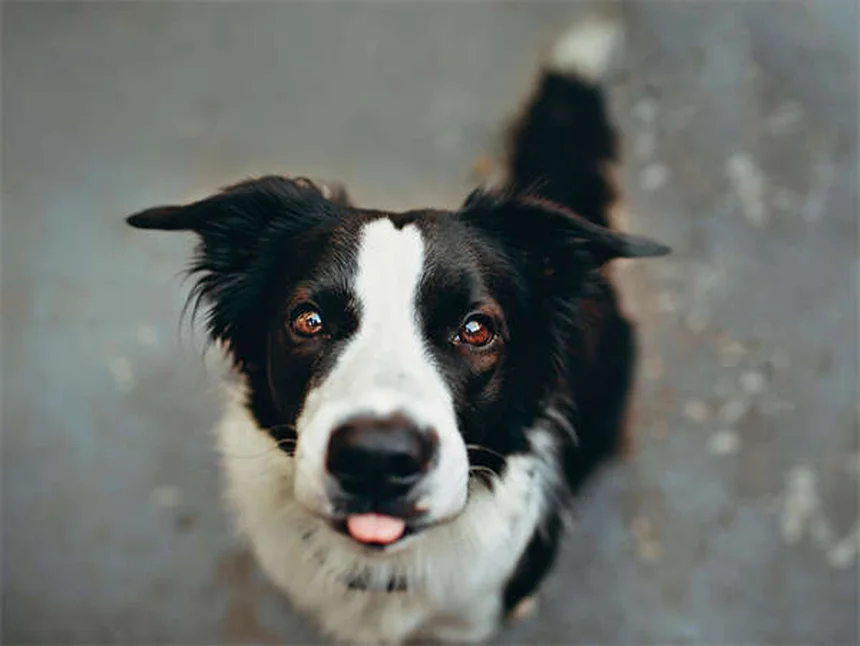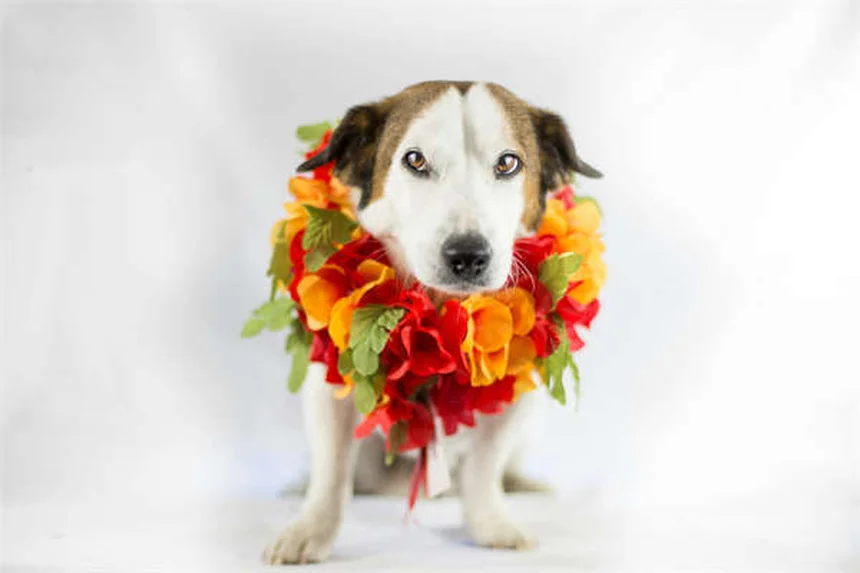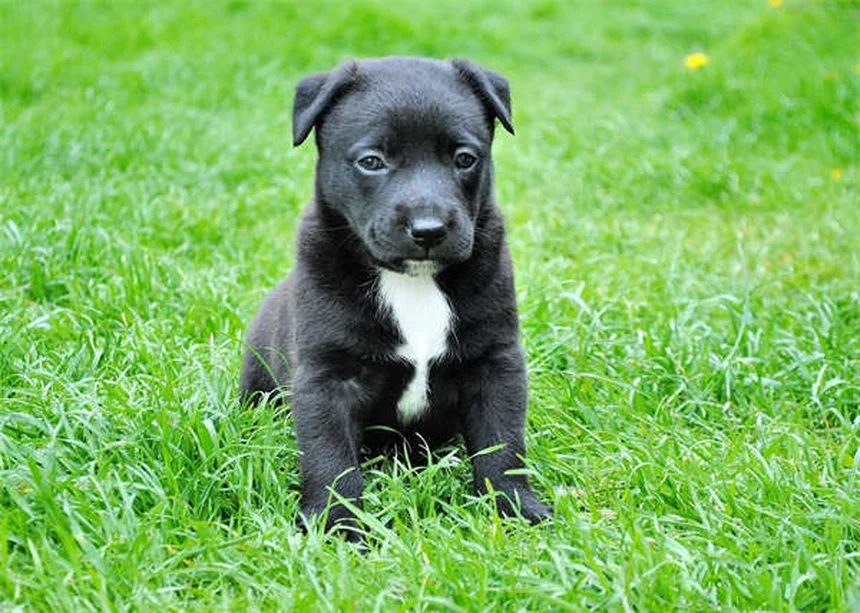Advertisement
Are Halloween pet costumes safe for your furry friend? The answer is: Yes, but only if you follow proper safety guidelines! We know how tempting it is to dress up your pup as a tiny ghost or your cat as a miniature witch - those Instagram moments are priceless. But here's the deal: about 1 in 5 pets experience some form of discomfort or stress from costumes, according to veterinary reports. The good news? With our simple safety checklist, you can avoid common pitfalls and ensure your pet has as much fun as you do this Halloween. From proper fit to stress signals, we'll walk you through everything you need to know about keeping your costumed companion safe and happy. Let's make this Halloween memorable for all the right reasons!
E.g. :Meloxicam for Dogs: Safe Pain Relief & Usage Guide
Advertisement
- 1、Spooktacular Halloween Pet Costumes: Safety First!
- 2、Seeing is Believing: Vision Safety
- 3、Allergies and Skin Irritations
- 4、Choking Hazards: The Silent Scare
- 5、Supervision is Key
- 6、Reading Your Pet's Signals
- 7、Identification is Essential
- 8、Making Memories Safely
- 9、Alternative Halloween Fun for Pets Who Hate Costumes
- 10、The Psychology Behind Costume Resistance
- 11、DIY Costume Hacks for Nervous Pets
- 12、When to Call It Quits
- 13、Beyond October: Building Costume Tolerance Year-Round
- 14、FAQs
Spooktacular Halloween Pet Costumes: Safety First!
Who doesn't love seeing pets dressed up for Halloween? Those tiny witch hats and superhero capes absolutely melt our hearts. But before you snap that perfect Instagram pic, let's talk about keeping your furry friend safe and comfortable in their holiday attire.
Finding the Perfect Fit
One-size-fits-most? Yeah right! That's like saying all humans can wear the same shoe size. My neighbor's dachshund and pug are both "small breeds," but their body shapes couldn't be more different.
Here's what you should do: Grab a measuring tape and check your pet's neck, chest, and length. Compare these to the costume's size chart. Pro tip: If the costume doesn't provide measurements, it's probably not worth buying. Remember - a too-tight costume can restrict breathing, while a loose one might make your pet trip over their own paws!
Freedom of Movement Matters
Can your pet still do all their normal activities? I'm talking about:
- Seeing clearly (no droopy fabric over eyes)
- Hearing normally
- Walking without restriction
- Going potty without issues
Try this test: Put the costume on a week before Halloween and watch your pet move around. Can they still jump on the couch? Play with their favorite toy? If not, you've got time to make adjustments or choose a simpler outfit.
Seeing is Believing: Vision Safety
 Photos provided by pixabay
Photos provided by pixabay
Keep Those Peepers Clear
Ever tried walking around with a blindfold? That's what it feels like when costumes block your pet's vision. And let's be honest - a scared pet isn't a happy pet.
Here's a funny story: Last year, my friend's golden retriever kept walking into walls because his pirate eye patch kept slipping. We quickly learned that masks and face coverings should only be used for quick photos, not for the whole night.
Hearing Protection Too
Did you know that covering a dog's ears can make them more anxious? It's true! Those floppy costume ears might look cute, but they could muffle important sounds your pet needs to hear.
Allergies and Skin Irritations
Fabric Matters
Just like some people can't wear wool without itching, pets can have fabric sensitivities too. Watch for these warning signs:
| Symptom | What to Do |
|---|---|
| Excessive scratching | Remove costume immediately |
| Red skin or rashes | Bathe with mild shampoo |
| Difficulty breathing | Call your vet ASAP |
Always wash new costumes before use - you never know what chemicals might be in that "new costume smell."
Choking Hazards: The Silent Scare
 Photos provided by pixabay
Photos provided by pixabay
Keep Those Peepers Clear
Those adorable costume buttons? Potential choking hazards. The tiny bells on that elf costume? Yep, those too. Anything smaller than your pet's mouth can be dangerous.
Before putting any costume on your pet, do this quick check:
- Tug gently on all attachments
- Look for loose threads or decorations
- Consider removing questionable pieces
Supervision is Key
Never Leave Them Alone
Would you let a toddler play unsupervised in a costume? Of course not! The same goes for pets. Even the safest costume can become dangerous if your pet gets tangled or tries to chew it off.
Here's a golden rule: If you can't watch your pet directly, the costume comes off. Period.
Social Situations
Did you know that costumes can change how pets communicate? That cute dinosaur outfit might make your dog look like a predator to other animals. Always keep leashed pets under control during Halloween gatherings.
Reading Your Pet's Signals
 Photos provided by pixabay
Photos provided by pixabay
Keep Those Peepers Clear
Not all pets enjoy dress-up time. Some common stress signals include:
- Tucked tail
- Pinned back ears
- Excessive yawning
- Whale eye (showing the whites of their eyes)
If your pet shows any of these signs, it's time to ditch the costume. Remember - Halloween should be fun for everyone!
Identification is Essential
Tags and Microchips Save Lives
Did you know more pets get lost on Halloween than any other night? Scary thought, right? Make sure your pet's ID tags are visible and your microchip info is current. Many states also require rabies tags to be displayed - bonus safety points if you've got that covered!
Here's a quick checklist for Halloween night:
- Properly fitted costume
- Clear vision and hearing
- No small, chewable parts
- Close supervision
- Up-to-date ID
Making Memories Safely
With some preparation and common sense, Halloween can be a blast for you and your pet. The key is to prioritize their comfort and safety over the perfect costume. After all, the best Halloween memories come from happy, healthy pets enjoying the festivities with their favorite humans!
Now go forth and create some spooktacular memories - safely!
Alternative Halloween Fun for Pets Who Hate Costumes
You know what's worse than a bad Halloween costume? A miserable pet who hates wearing one! But don't worry - we've got plenty of ways to include your furry friend in the festivities without forcing them into uncomfortable outfits.
Paw-Friendly Decorations
Why stress about costumes when you can create an Instagram-worthy Halloween setup? I turned my living room into a pet-friendly haunted house last year with these simple touches:
Pumpkins became the star of the show. Instead of carving them with candles (dangerous for curious noses!), I painted funny faces using pet-safe acrylics. My dog's food bowl transformed into a "cauldron" with some green food coloring in the water. And get this - I hung lightweight felt bats from the ceiling just high enough to make my cat jump playfully without reaching them.
Treat-Based Games
Who says you need costumes for Halloween fun? Try these simple games that any pet will love:
Create a "trick-or-treat" trail using your pet's regular kibble leading to their favorite toy. Hide treats inside a pumpkin (make sure to clean it first!) and let them sniff it out. Or set up a mini obstacle course with Halloween-themed props - my terrier goes crazy jumping through hula hoops decorated as spider webs!
The Psychology Behind Costume Resistance
Ever wonder why some pets absolutely hate costumes while others strut around like they're born for the runway? It's all about personality and past experiences.
Breed Differences Matter
Did you know certain breeds are genetically more tolerant of clothing? Here's a quick comparison:
| Breed Type | Typical Reaction | Best Costume Approach |
|---|---|---|
| Working Dogs | Often resistant | Minimal coverage |
| Companion Breeds | Usually accepting | Full costumes |
| Cats | Highly variable | Start with simple accessories |
My sister's border collie would rather die than wear a costume, while her pug will happily sport anything from a taco outfit to a dinosaur suit. Go figure!
The Power of Positive Association
Here's a question that might surprise you: Could you be accidentally making costume time stressful without realizing it? Think about it - if you only put clothes on your pet for vet visits or grooming, they'll naturally associate dressing up with unpleasant experiences.
The solution? Make costume time equal treat time! Start with simple accessories like bandanas months before Halloween. Pair each dressing session with high-value rewards. Go slow - Rome wasn't built in a day, and neither is a pet's tolerance for full costumes.
DIY Costume Hacks for Nervous Pets
Store-bought costumes can be overwhelming, but homemade options often work better for sensitive pets. Here's my favorite no-sew solution that even the most costume-averse pet might tolerate.
The Magic of Bandanas
You'd be amazed what you can create with a simple bandana and some creativity. Last year, I turned my reluctant cat into a pirate with:
A black bandana tied loosely around her neck, one eye covered with washable marker (don't worry, I tested it first!), and a plastic hook taped to the bandana. Total costume time? About 30 seconds to put on. Cuteness factor? Off the charts! The best part? She could shake it off easily if she got uncomfortable.
Harness Transformations
If your pet already wears a harness, you're halfway to an easy costume! Here's how I transformed my dog's everyday harness into multiple Halloween outfits:
For a superhero look, I attached a felt cape with velcro. A police dog? Just added a toy badge. The possibilities are endless, and since they're already used to wearing the harness, the transition is much smoother than introducing a whole new outfit.
When to Call It Quits
Let's be real - sometimes the best Halloween plan is no costume at all. And that's perfectly okay! Your pet's comfort should always come before social media likes.
Signs You Should Abandon Costume Plans
How can you tell when your pet has truly had enough? Watch for these clear signals:
Freezing in place (not the cute statue kind, the "I'm terrified" kind), excessive panting when it's not hot, or trying to frantically remove the costume. My golden retriever once army-crawled across the floor to escape a costume - that was our sign to try a different approach!
Celebrating the "Naked" Pet
Here's a radical idea: What if we celebrated pets just being themselves on Halloween? I've started a new tradition with my pets where we do a "natural beauty" photoshoot instead of forcing costumes.
We use autumn leaves as backdrops, carve pumpkins with their silhouettes, and focus on capturing their adorable expressions. The photos turn out even better because they're relaxed and happy. Plus, no costume means no stress about fit, safety, or comfort!
Beyond October: Building Costume Tolerance Year-Round
Want to make next Halloween easier? The secret is starting early and making it fun. Rome wasn't built in a day, and neither is a pet's costume tolerance!
Monthly Dress-Up Days
I instituted "Silly Outfit Saturdays" with my pets where we practice wearing different accessories. Here's what worked for us:
We began with simple items like lightweight scarves or decorative collars. Each successful wear session earned them their favorite treats. Gradually, we worked up to more complex items like lightweight vests. Now they associate wearing clothes with positive experiences rather than stress.
Weather-Appropriate Clothing
Does your pet need a winter coat? Use this as costume training in disguise! Here's how:
Start with functional clothing that actually serves a purpose. A raincoat for wet walks, a sweater for chilly mornings - these practical items help pets get comfortable with the sensation of clothing without the pressure of "performing" for Halloween. By the time October rolls around, they'll be old pros at wearing outfits!
E.g. :Halloween pet safety | American Veterinary Medical Association
FAQs
Q: How can I tell if my pet's Halloween costume fits properly?
A: Proper fit is everything when it comes to Halloween pet costumes. Here's what we recommend: First, measure your pet's neck, chest, and length while they're standing naturally. Compare these measurements to the costume's size chart - don't just go by "small/medium/large" labels. You should be able to fit two fingers comfortably between the costume and your pet's body. Watch for these red flags: if your pet is limping, the costume is too tight; if they're tripping over fabric, it's too loose. Remember, a well-fitted costume allows full range of motion for walking, sitting, and even potty breaks!
Q: What are the most dangerous parts of pet costumes?
A: In our 10 years of pet safety research, we've found that small attachments pose the biggest risk. Those adorable buttons, bells, or sequins can become choking hazards if chewed off. Masks or hoods that limit vision or hearing are runner-up dangers. Always inspect costumes for: loose threads, dangling decorations, and poorly secured accessories. Our pro tip? Give each attachment a gentle tug test before dressing your pet. If it comes off with light pressure, it's not safe. When in doubt, simpler is safer - a festive bandana often makes a great alternative to full costumes.
Q: How long can my pet safely wear a Halloween costume?
A: Most veterinarians we've consulted recommend no more than 30-60 minutes of continuous wear for full costumes. Here's why: even well-fitted costumes can cause overheating or stress over time. We suggest doing short "dress rehearsals" in the weeks before Halloween to gauge your pet's tolerance. Always supervise your costumed pet - never leave them alone while dressed up. For all-night events, consider partial costumes (like just a hat or cape) or costume breaks every hour. Watch for panting, restlessness, or attempts to remove the costume - these are clear signs it's time for a break!
Q: What should I do if my pet seems stressed in their costume?
A: First, don't force it - Halloween should be fun for everyone! Common stress signals include: tucked tails, pinned ears, excessive yawning, or avoiding eye contact. If you notice these, immediately remove the costume and give your pet space to relax. We recommend having a "plan B" like a simple Halloween-themed collar or bandana. Some pets just aren't costume fans, and that's okay! You can still include them in festivities with pumpkin-themed treats or Halloween photo props that don't require wearing anything.
Q: Are there special Halloween safety tips for cats vs. dogs?
A: Absolutely! Cats and dogs have different costume safety needs. For cats: avoid full-body costumes as most felines find them extremely stressful. Instead, try a lightweight Halloween collar or bowtie. For dogs: be extra cautious with masks or footwear, as these often cause mobility issues. Both species need proper ID (collar tags and microchips), but this is especially crucial for cats who might bolt when frightened. One universal rule? Never use human costumes on pets - they're not designed for animal safety or comfort. When in doubt, consult your vet about species-specific Halloween safety tips!

